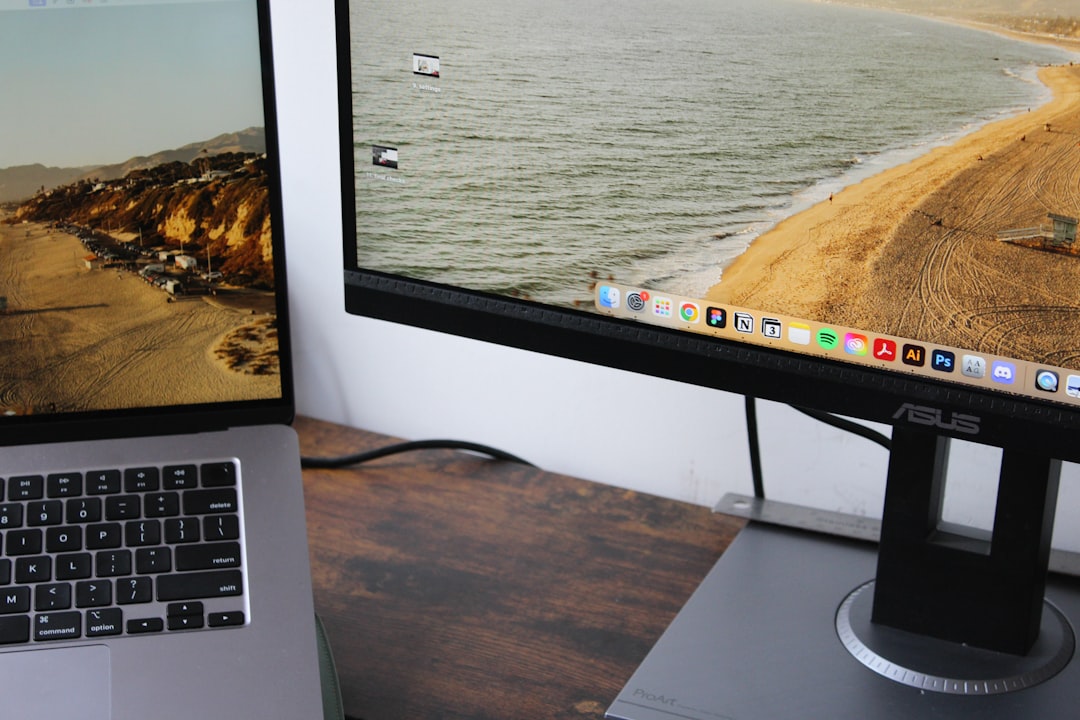With the streaming revolution taking over digital entertainment, it’s easy to forget how useful offline video players still are. Whether you’re traveling without internet access, saving bandwidth, or accessing private content, having a reliable offline video player is invaluable. But not all players are created equal. If you’ve ever dealt with buffering from a file stored locally or subtitles that just won’t sync, you know that features really do matter. In this guide, we’ll break down the core functionalities you should look for when choosing an offline video player — and why they matter.
Format Support: The Backbone of Compatibility
Imagine this: you download a high-quality movie file ahead of a long flight, only to find your player can’t open it. Frustrating, right? That’s why broad format support is non-negotiable.
The best offline video players can handle a wide range of file types, such as:
- MP4 – One of the most commonly used formats, ideal for compatibility.
- MKV – Preferred for high-definition movies with multiple audio and subtitle tracks.
- AVI – Older but still widely used, especially for legacy content.
- MOV – Frequently used in Apple’s ecosystem.
- FLV and WMV – Formats often found in archived or older collections.
Choosing a video player with extensive format support ensures you’re never left scrambling for converters or codecs.
Subtitle Support: For When the Sound Isn’t Enough
Whether you’re watching foreign films or just experiencing audio issues, subtitles can greatly enhance your viewing experience. A robust offline video player should support:
- Multiple subtitle formats like .SRT, .SUB, .ASS, and .VTT.
- Custom font settings to adjust size, color, and typeface.
- Manual synchronization in case subtitles are out of sync with the video.
- Embedded subtitle tracks within MKV and other container formats.
Advanced subtitle settings can make the difference between confusion and clarity. Some offline players even allow you to search and download subtitles directly from within the interface.
Hardware Acceleration: Smooth Playback Matters
There’s nothing worse than choppy video, especially when you’re watching high-definition or 4K content. This is where hardware acceleration steps in.
By offloading video decoding tasks to your GPU instead of relying solely on the CPU, hardware acceleration ensures smooth playback and efficient battery use. Key benefits include:
- Lower CPU usage, ideal for older or less powerful computers.
- Better thermal performance, preventing overheating during extended viewing.
- Improved playback of high-res videos like 4K UHD and HDR formats.
Always check if your offline player allows you to toggle hardware acceleration settings for a more customized experience.
User Interface and Experience: Design Meets Function
A clean, intuitive user interface (UI) might not sound like a must-have — until you’re fumbling through menus trying to pause your movie. A good offline video player combines ease of use with deep functionality.
Look for players that offer:
- Minimalist design for distraction-free viewing.
- Customizable skins and themes for a personal touch.
- Hotkeys and gesture controls for quick actions.
- Flexible playback controls like speed adjustment and frame stepping.

A well-designed interface ensures you’re always in control—without needing a manual to figure it out.
Library and Playlist Management: Organize Like a Pro
If you have a large collection of videos, managing them efficiently becomes crucial. A solid offline video player offers library management tools to keep your content organized.
Desirable features include:
- Smart playlists based on video categories, genres, or watched history.
- Thumbnail previews for quick identification of content.
- Tagging and metadata editors so you can customize how your files are categorized.
- Bookmarking or resume-from-last-position functionality.
These organizational features are especially useful for educators, binge-watchers, and video collectors.
Customization and Extensions: Make It Yours
Why settle for a one-size-fits-all player? Many offline video apps support plugins or add-ons that extend functionality. This opens the door to enriched features such as:
- Visual effects and video filters
- Support for remote control via mobile devices
- Integration with streaming services for hybrid use
- Security features like password-protected files
Popular offline players like VLC and PotPlayer are renowned for their customization potential, offering full control over audio, visuals, and user experience.
Multi-platform Availability: Consistency Across Devices
Today’s user expects consistency across devices. If you’re using multiple platforms — say Windows on your laptop, Android on your phone, and macOS on your desktop — you’ll want a video player that functions seamlessly across all of them.
Cross-platform compatibility ensures you don’t have to learn a new interface or switch players when moving between devices. Some standout players even offer cloud sync options to keep your playback progress synced across platforms.
Offline Playback and Portability: True Freedom
Offline players shine brightest when you’re disconnected from the web. Whether you’re on a long flight, in a remote area, or budgeting mobile data, they offer unparalleled independence. But some go a step further by providing options such as:
- USB media support for watching content straight from a drive.
- DVD and Blu-ray playback for the collectors out there.
- Portable versions that don’t require installation. Perfect for use on shared or restricted machines.

This focus on portability and offline use is exactly what sets these players apart from purely cloud-based streaming services.
Privacy and Security: Your Viewing Habits, Your Business
In an age where every click, watch, and pause is tracked, privacy matters. Offline video players inherently provide a more private viewing experience compared to their streaming counterparts — there’s no history stored on the cloud and no metadata shared with a server.
But advanced features to look for include:
- Password protection for sensitive or personal videos.
- Encrypted storage tools or local-only data handling.
- No telemetry or user tracking.
If privacy is a concern, choosing an offline video player that respects user data and doesn’t connect to ad servers is a smart move.
Top Offline Video Players Worth Trying
To help you get started, here are a few offline video players that consistently rank high in terms of features and usability:
- VLC Media Player – Open-source and highly customizable. It plays almost anything.
- PotPlayer – Offers advanced settings, filters, and a sleek UI.
- KMPlayer – Lightweight with high codec support and 3D playback capabilities.
- GOM Player – Known for subtitle search and wide format compatibility.
Each has unique strengths, so test a few to see which aligns with your viewing habits and device ecosystem.
Final Thoughts
Offline video players might not grab headlines like new streaming platforms do, but they offer unparalleled versatility, privacy, and performance. Whether you’re a cinephile, a student, or just someone with an extensive offline video library, the features your player offers can significantly affect your viewing experience.
From format support to library management, taking the time to choose the right tool pays off in smoother playback, better organization, and greater control over
